- Plant My Plants Newsletter
- Posts
- Tuesday Tips: Understanding & Using Plant Hormones—The Secret Sauce of Growth
Tuesday Tips: Understanding & Using Plant Hormones—The Secret Sauce of Growth
Because your plants are more biochemically brilliant than you think.
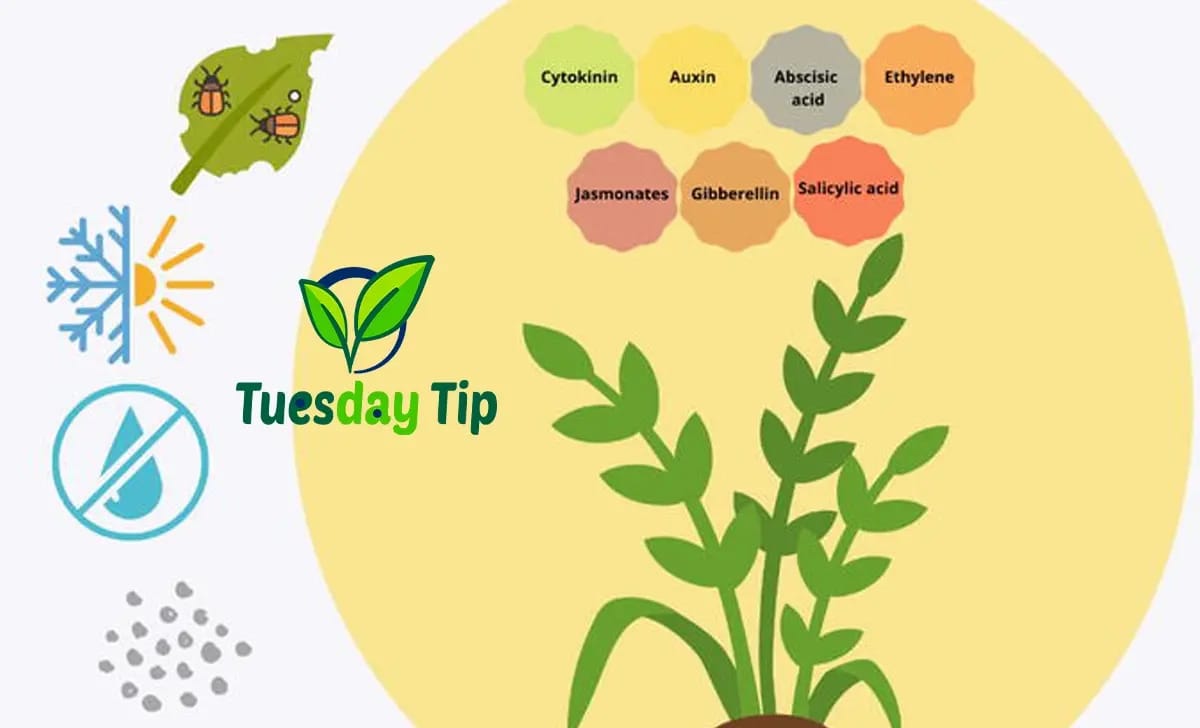
You water. You fertilize. You talk to your plants (we love that for you). But have you ever wondered how your plants know what to do with all that love?
Enter the unsung heroes of houseplant health: plant hormones, also known as phytohormones. These microscopic messengers regulate everything—from rooting and blooming to stress response and aging. And yes, you can work with them to grow smarter, not harder.
Let’s break it down.
Why Hormonal Awareness Matters
Just like humans, plants are driven by internal signals. But unlike humans, they don’t have a nervous system. Instead, they use chemical messengers—hormones—to make decisions.
That cutting that suddenly roots?
That bloom that opens just in time?
That leaf that yells at you with yellow spots?
Hormones are behind all of it.
By understanding the Big Five, you can time your care, boost your propagation game, and troubleshoot issues before they get dramatic.
Meet the Plant Hormone Dream Team
Behind every lush leaf, every burst of blooms, every perfectly timed root—there’s a tiny chemical signal making it happen. These five key plant hormones (a.k.a. phytohormones) are your plant’s inner guidance system. Think of them as the behind-the-scenes crew running the show—quietly coordinating growth, rest, repair, and reproduction.
Get to know them, and you’ll start to see your plants in a whole new light.
Auxins – The Root Whisperer Use it when: taking cuttings or shaping new growth. | 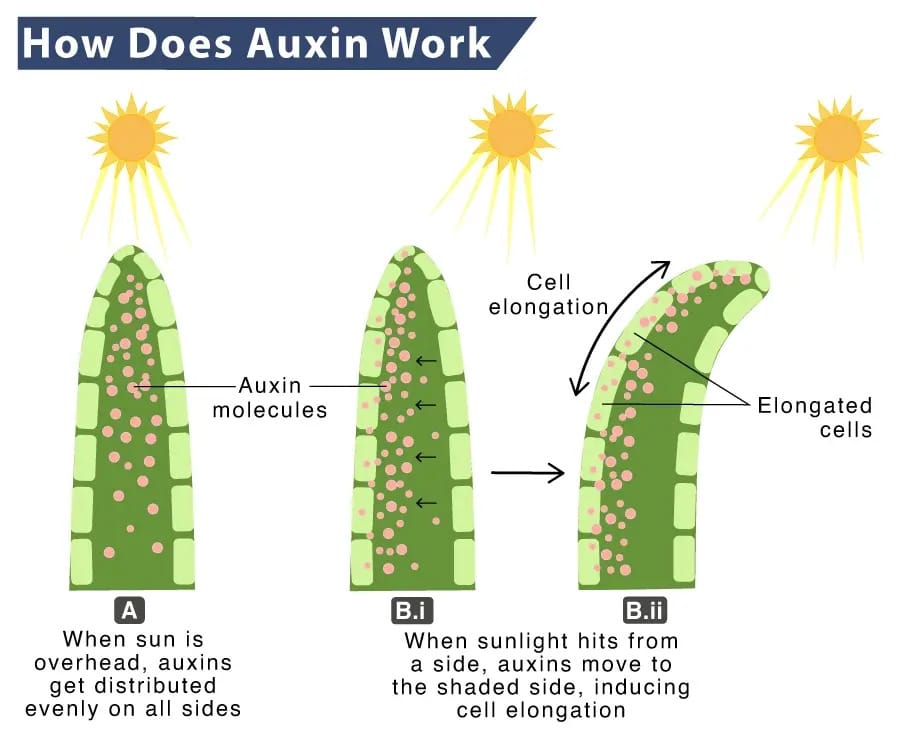 |
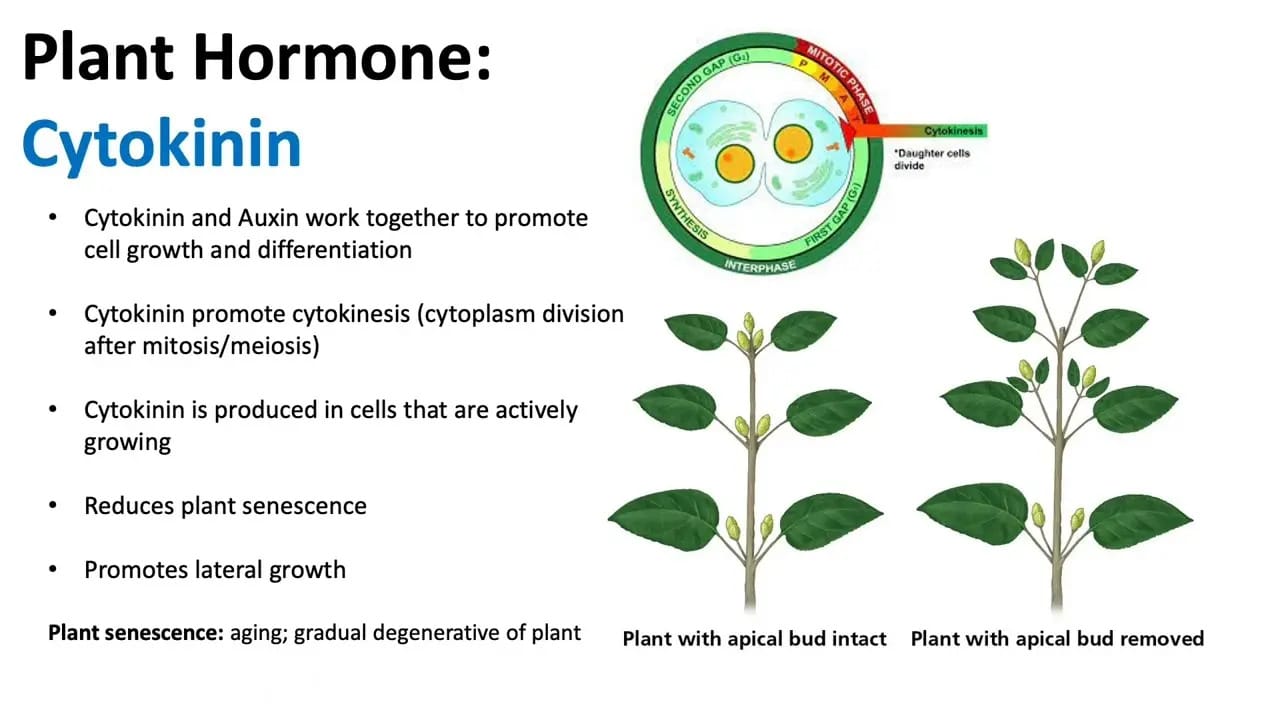 | Cytokinins – The Leaf Lover Use it when: encouraging fuller, leafier plants (especially after pruning). |
Gibberellins – The Stretch Queen Use it when: coaxing blooms from shy flowerers or giving seedlings a leg up. |  |
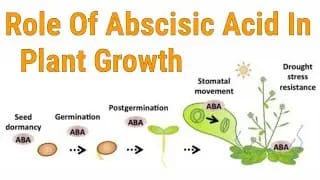 | Abscisic Acid (ABA) – The Zen Master Use it when: never! It kicks in naturally when plants are stressed or going dormant. |
Ethylene – The Aging Artist Use it when: ripening fruits or encouraging natural leaf drop. Avoid in closed spaces if you want flowers to last. | 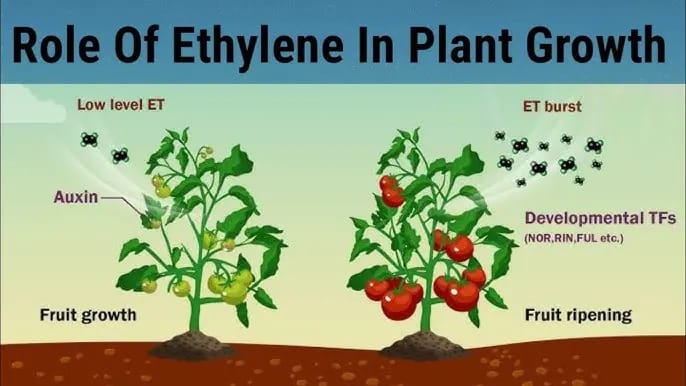 |
Smart Investors Don’t Guess. They Read The Daily Upside.
Markets are moving faster than ever — but so is the noise. Between clickbait headlines, empty hot takes, and AI-fueled hype cycles, it’s harder than ever to separate what matters from what doesn’t.
That’s where The Daily Upside comes in. Written by former bankers and veteran journalists, it brings sharp, actionable insights on markets, business, and the economy — the stories that actually move money and shape decisions.
That’s why over 1 million readers, including CFOs, portfolio managers, and executives from Wall Street to Main Street, rely on The Daily Upside to cut through the noise.
No fluff. No filler. Just clarity that helps you stay ahead.


Reply